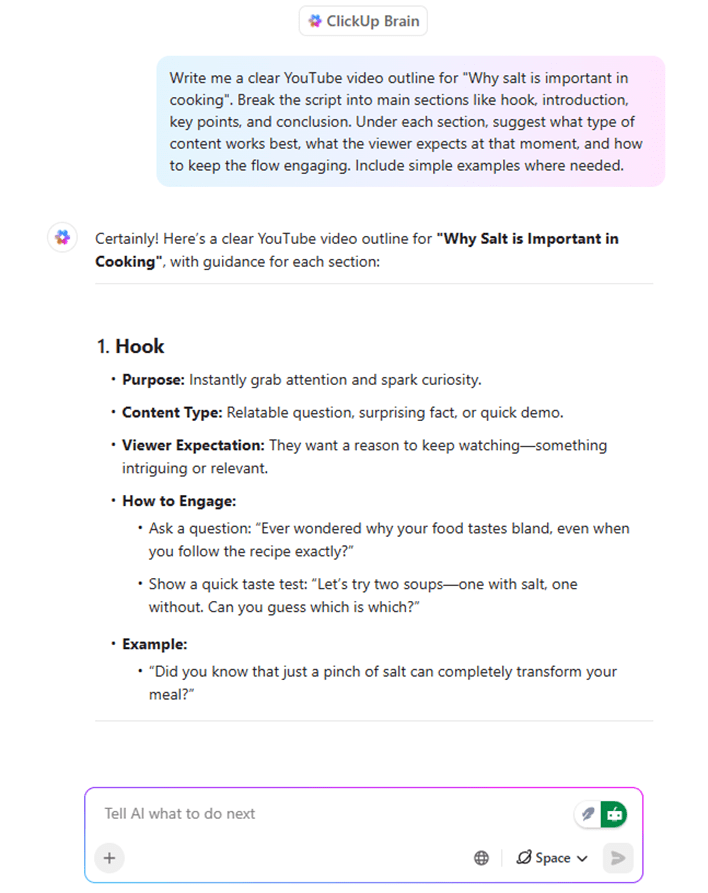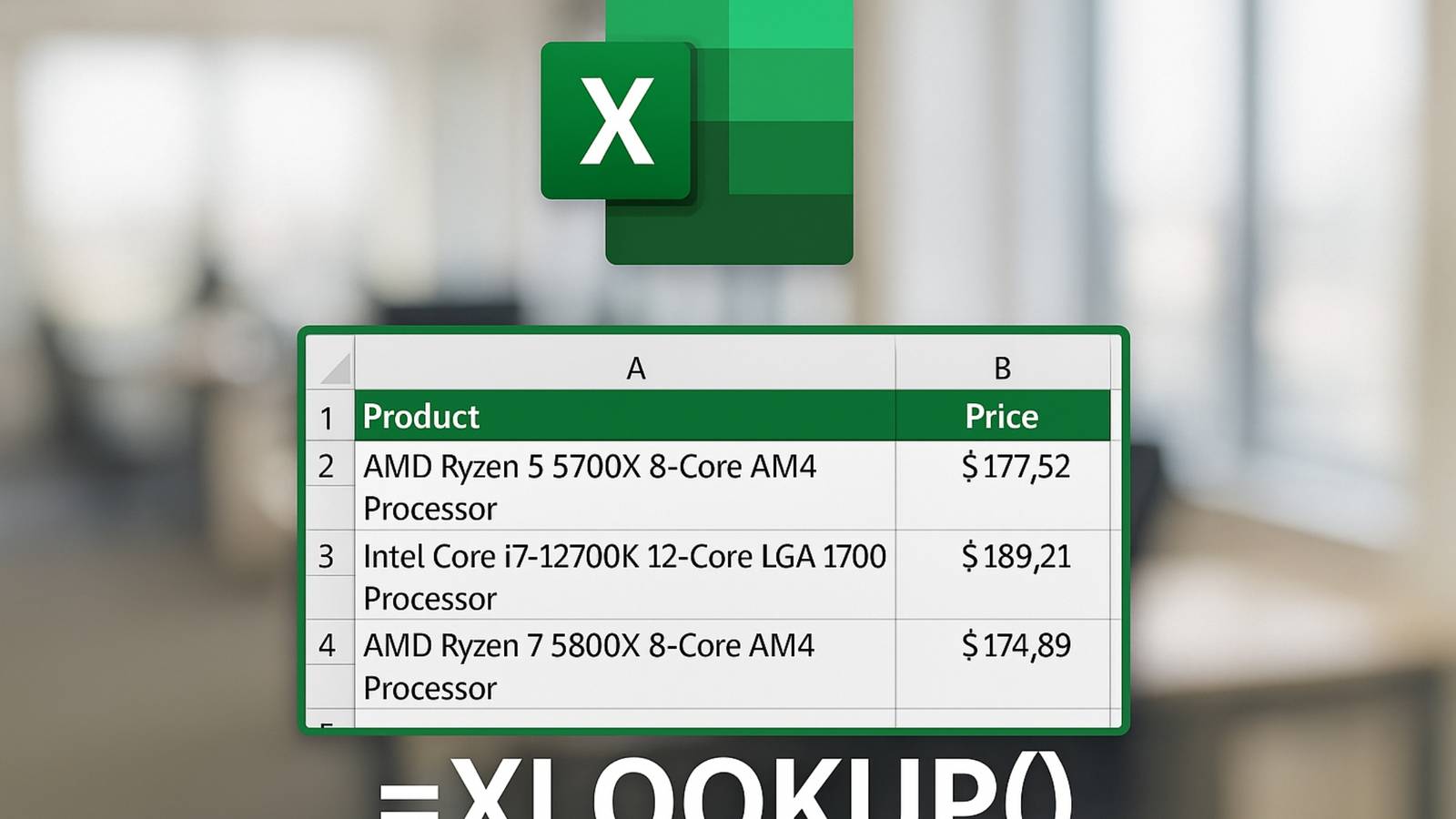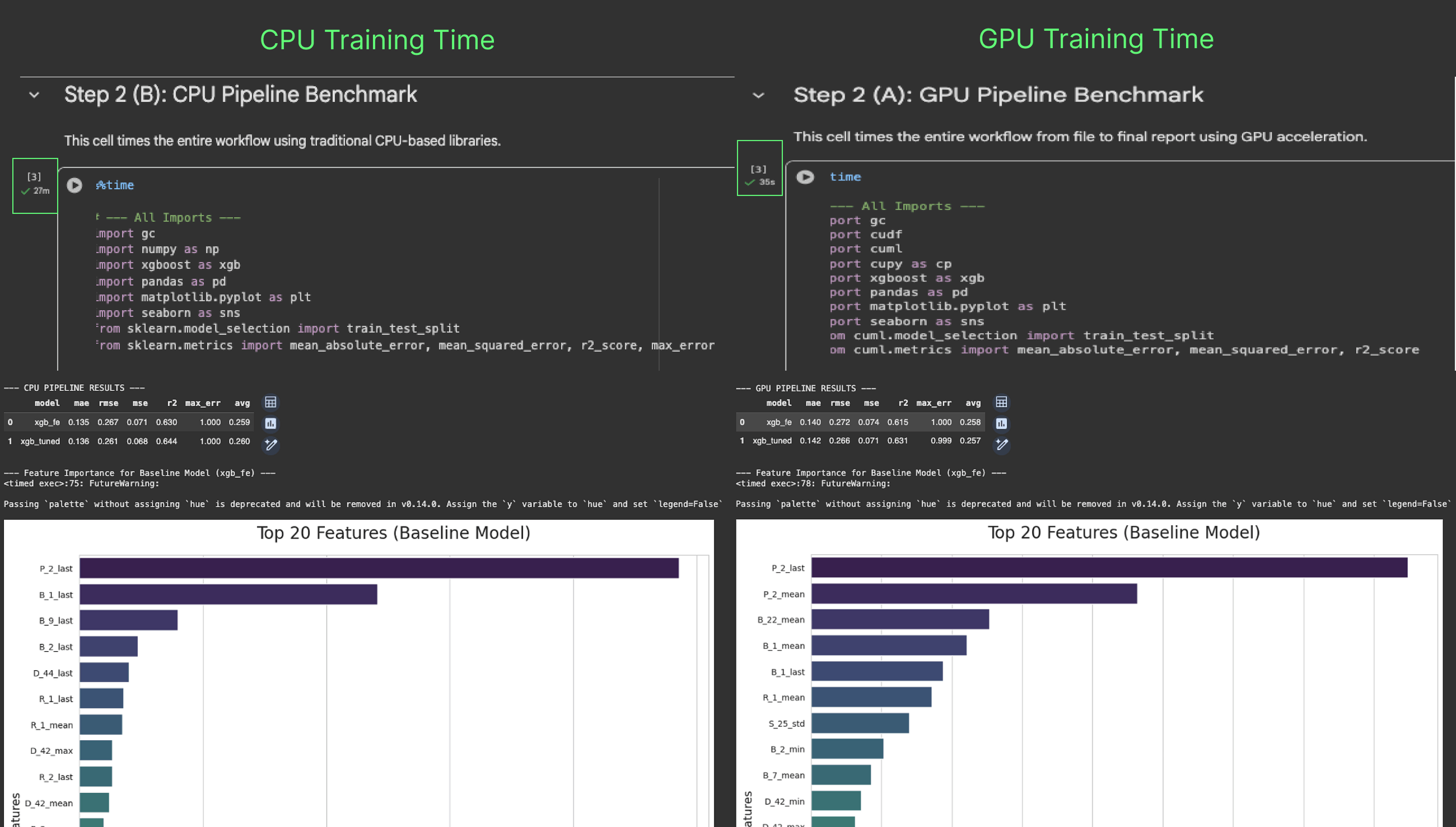I used to think the hardest part of quantitative investing was building the model. Now I know it’s surviving what happens after.
You spend weeks crafting a strategy. You fine-tune every parameter. You stress-test it against decades of data. For a moment, it looks solid. But then it hits the real market, and suddenly, that nice, clean backtest turns into noise. The elegant theory collapses under the weight of actual price action. Then you’re left wondering if you missed something or if the market just doesn’t care.
That’s why I’ve come to appreciate the Quantitative Primer. Not for the alphas it finds, but for the failures it exposes. It’s not a celebration of clever ideas. It’s more like a running list of mistakes we keep making, written by people honest enough to admit them.
In a world obsessed with what’s working now, this report dares to document what didn’t. And weirdly, that’s where most of the real value is.
Most Strategies Look Great Until They Don’t
I’ll start with something simple but uncomfortable. Most quant strategies fail.
The Primer opens with a kind of confession. Ideas that sound brilliant, like buybacks drive performance or retail traders are reliable contrarian indicators, have all been tested. And over the long haul, they just don’t work. Not consistently. Not across timeframes or across regions.
It’s a tough lesson, but a necessary one. The market doesn’t reward cleverness. It rewards durability, and durability is incredibly rare.
We Still Use Broken Strategies Because They Feel Safe
You’d think once a strategy is proven ineffective, we’d toss it. But no. A surprising number of these ideas keep getting used.
And the reason is almost never ignorance. It’s fear.
In institutional investing, the risk of being wrong alone often outweighs the desire to be right independently. People gravitate to the same ideas not because they believe in them, but because they want safety in numbers. Failing as part of the herd feels better than taking a solo hit, even if the logic says otherwise.
Look at momentum stocks. Everyone knows they’re crowded and overpriced. Yet capital keeps flowing into them. Not because they’re ideal, but because everyone else is already there.
The Primer suggests we’re at a point where stepping away from the pack might finally be rewarded. With liquidity thinning after the rate reset and assets piling into a narrow group of stocks, contrarian moves are becoming more attractive. The room is getting crowded, and someone’s going to get trampled when the exit rush begins.
Macro Isn’t a Backdrop. It’s the Entire Stage
Here’s something that changed the way I approach strategy design. Macro matters more than your model.
The Quant Primer introduces the US Regime Indicator, which uses credit spreads, manufacturing data, sentiment measures, and other macro variables to categorize the market into one of four regimes. And what they found is that each regime dramatically changes which strategies perform well.
This one really hit me. Because for years, I built models that lived in a vacuum. I figured that if a signal had edge, it would work across time. But that just isn’t true. A great strategy in a low-volatility, high-liquidity environment might get wrecked in a tightening cycle.
Timing factors without understanding the regime you’re operating in is like picking your wardrobe without checking the weather. You might get lucky. But probably not.
Equity Duration Is an Overlooked Superpower
This concept was new to me, and I’m glad I finally came across it. We often think of duration as a bond concept. But the Primer argues that equities have duration too. And it matters, especially in a volatile rate environment.
Bonds are fixed, they cannot change, but companies can. Especially ones with strong free cash flow. They can adjust dividends and shift capital allocation. These moves give them flexibility in uncertain macro conditions. This flexibility is called duration optionality, and it turns out that stocks with this kind of adaptability are well positioned in a high-rate world. They’re not locked into one path.
It’s a simple idea, but once you see it, it changes how you view certain names. Suddenly, free cash flow isn’t just a metric. It’s insurance.
Short-Term Thinking Is Everywhere. But Time Still Works
Markets are now dominated by speed. Zero-day options make up more than half of SPX volume. Data scientists are flooding in, outnumbering traditional analysts. Social media rewards the fast, not the thoughtful.
And yet, the data hasn’t changed. The Primer points out that the probability of a loss in the S&P 500 on any single day is nearly 50 percent. But stretch that to a 10-year holding period, and the probability drops to just 6 percent.
This is not a revelation, but it’s a reminder we keep needing. In a system racing toward instant feedback, time remains a rare and underrated edge.
Smart Beta Needs Smarter Context
Smart beta sounded like a breakthrough. It felt like factor exposure without the human error. Turn the dial, set the weights, rebalance on schedule.
But when you peel it back, the performance isn’t always what it seems. For example, value tends to be overweight financials. Strip that out, and the results improve. Momentum and quality rely heavily on sector composition. Remove their natural tilts, and a lot of their edge disappears.
This doesn’t mean factors are dead. It just means they’re not plug-and-play. They’re tools. And like any tool, they’re only effective when used in the right setting.
The Boring Stuff Still Wins
Near the end of the report, there’s one insight that gets tossed out almost casually. It stuck with me more than any other.
Avoid labor-heavy companies.
Across decades, across industries, companies that generate more revenue per employee consistently outperform those with bloated staff counts. It has nothing to do with hype or narrative. It’s about efficiency. Quiet, scalable, operational edge.
You won’t see it trending. But if you care about long-term compounding, this simple filter might be one of the most powerful signals out there.
Final Thought: Look at the Failures First
Most strategies don’t make it. Not because they’re dumb, but because they’re fragile. They’re too dependent on narrow conditions. Or they break under the pressure of real market dynamics. Or they just stop working, and no one wants to admit it.
If there’s one thing I’ve learned from reading the Primer over the years, it’s this. Before you chase what works, take a long, honest look at what doesn’t. Dig through the graveyard. Learn what failed, and why.
Because the truth is, most of your edge won’t come from finding something new. It’ll come from avoiding what already died.
That discipline and humility is still the most underrated strategy in finance.










